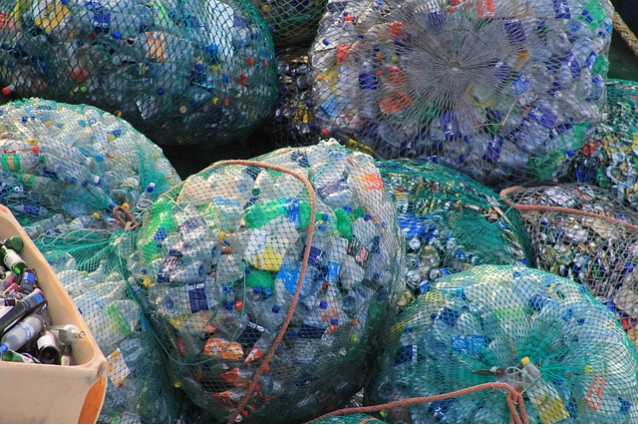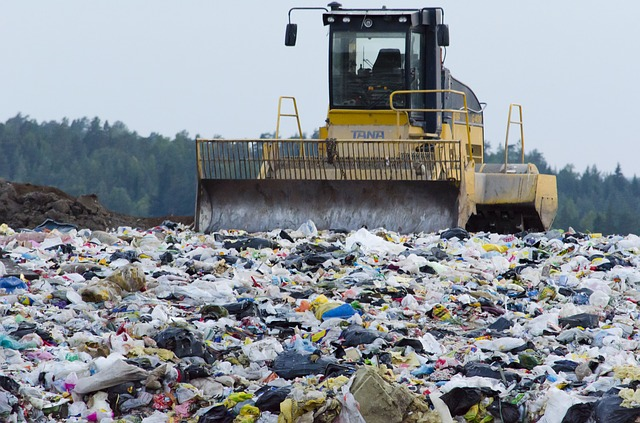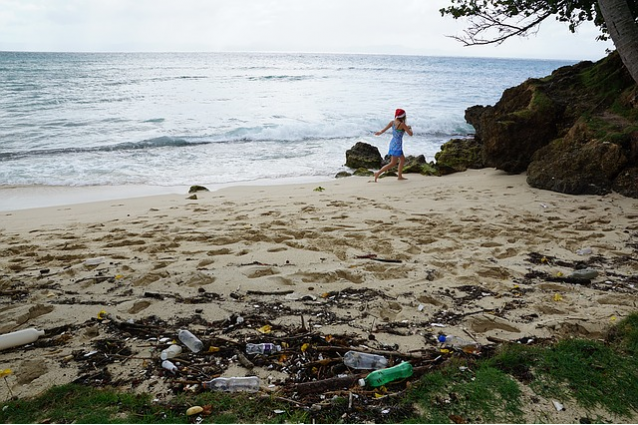Plastic Waste: Environmental Effects of Plastic Pollution
We know, we know. Plastic is bad for the environment. You’ve probably heard this so many times that you’re jaded about the idea.
It can be easy to forget the real damage that our overuse of plastics causes to our environment because most of us have no direct connection to that damage. Your plastic bottle goes into the garbage, and it disappears. Maybe you recycle that bottle, and you think you’ve done your part, but overuse of plastics at all stages is a heavy burden on the environment.
Plastic isn’t entirely negative. When used sparingly for the right reasons, its use solves problems in the medical fields and in the food industry. However, since plastic has become such an integral part of our everyday lives, trash is piling up. There are a few ways that this trash is taking a toll that you may not be aware of.
Plastic in Landfills
A landfill stores our waste, but plastic was created to be durable. As it sits in the landfill, the pressure and exposure cause the plastic to leak chemicals from its structures into the surrounding groundwater.
Groundwater doesn’t stay in place. We access our groundwater sometimes miles from the landfill location, and places such as California are already experiencing toxins from plastics in the groundwater supply. It costs the world millions of dollars each year to remove these toxins from the environment, and the process itself causes further pollution.
Plastic in Oceans
You may have heard about the floating plastic island caught in the middle of ocean currents. You may have seen pictures of turtles with shell indentations caused by plastic rings from soda bottles, and birds with plastic in their stomachs.
What you may not know is that wildlife never has to come directly into contact with the plastic itself to be affected by its toxins. Plankton, microorganisms floating in masses and a source of food for many of the ocean’s inhabitants, come into contact with plastic and absorb the toxins directly into their systems. Later, when larger animals consume the plankton, they accumulate these toxins over a period of time. This causes a multitude of health issues.
Plastic as Transportation
There are many human factors in climate change, and one of the side effects of climate change is the spread of invasive species to areas previously uninhabitable to them. One way that these species reach these spaces is through “plastic islands” throughout the ocean.
Plastic creation is a big part of fossil fuel use worldwide. The harm to the environment is two-fold. Not only does the production of plastics contribute to global warming by using fossil fuels, but the discarded plastics trapped by varying ocean currents help alien species to spread.
Even areas that are difficult for humans to access have plastics floating in the water. During an expedition to Antarctica, one of the most remote places in the world, scientists found plastics. Ten different species of invertebrates were found attached.
One way to change our dependence on plastics is to view these materials as ongoing tools rather than disposables. Making the switch to environmentally friendly plastics is one step, but even better is changing the way we think about the products we use. Instead of disposables, switching to glass containers for example not only cuts down on plastic waste, but reduces the need to produce plastics in the first place.
Another choice is rethinking what we consider recyclable. For example, computer ink cartridges are a large contributor to plastic waste, but many people don’t realize you can recycle these, and in some cases refill them.
Thinking about both environmental waste and the burden on fossil fuels to create plastic is a far better solution than recycling and forgetting, or worse just tossing that plastic bottle in the garbage to hang around for the next thousand years.
Author: Bob Gorman





Sorry, the comment form is closed at this time.